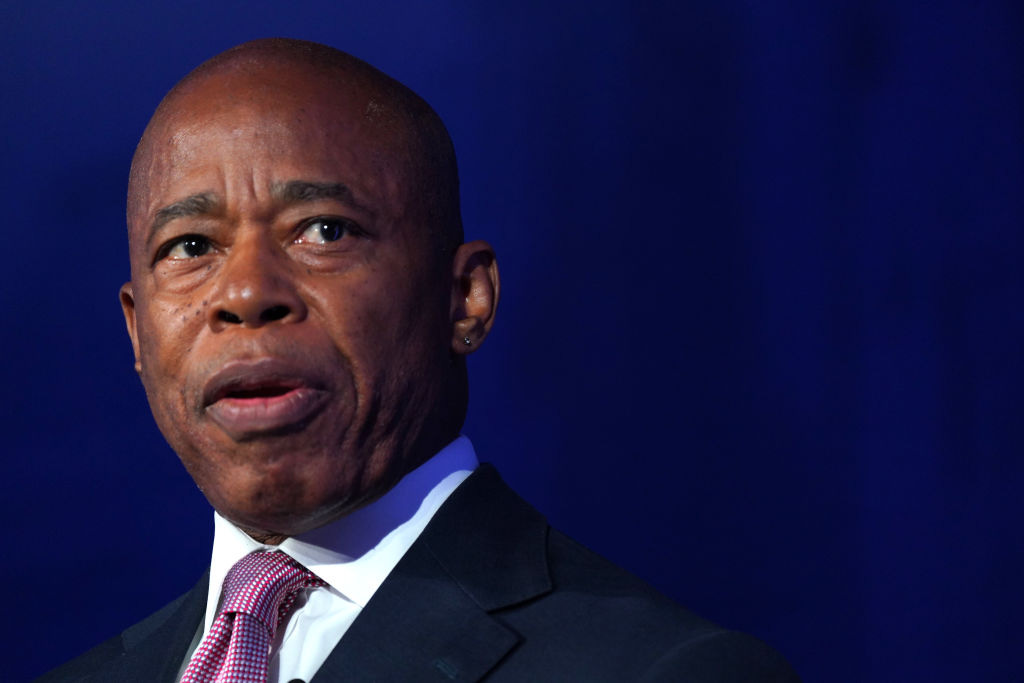The Failure of Government
Eric Adams and the metrics
Since the late 1970s, as mandated by the City Charter, New York City Hall releases the Mayor’s Management Report twice a year. The September MMR, which covers the prior fiscal year, is the most important. Buried within it, at the end of every summer, is a stark account of how well the city is functioning. Has crime fallen? Are pedestrian fatalities up? How much housing is getting built? Nearly two years into the tenure of Mayor Eric Adams, the latest report offers something of a window into his own performance: by some crucial metrics, it has been poor.
Right-wing and liberal-flavored news outlets alike have found much to pick over. For the New York Post, the Murdoch tabloid, it’s the rising response times to life-threatening medical emergencies. Fire deaths have jumped and ambulances are slowing down. Realistically, these are not all the fault of the Adams administration—e-bike battery fires, which are contributing to the deaths, have their root in the hasty legalization of both e-bikes and e-scooters in 2019—and there is an Adams-friendly narrative to convey about the city’s falling murder rate.
More damning, perhaps—in terms of what Adams can control—is how the municipal government is interacting with the most vulnerable New Yorkers. The timeliness rates for cash assistance and SNAP (food stamps) declined dramatically: 29% and 40%, versus 95% and 93% in 2019, the last full year before the pandemic. City Limits, the nonprofit news outlet, drilled down on the numbers further, finding a rapid decline through 2022 and 2023. In the prior year, 82 percent of cash assistance applications were processed. A year ago, SNAP was at 60 percent.
Case loads are up and capacity is down. The MMR blames “unprecedented and continuing increase in applications and fewer staff due to attrition and retirements.” It’s the second part of that sentence—the dramatic drop-off in staff—where Adams’ failure to govern becomes most apparent. The hollowing out of municipal government was not inevitable. The pandemic created a labor market that raised wages and suddenly made public employment less appealing, but it’s not as if the governments of every major American city are struggling so mightily to deliver basic services. New York has far more poor people but also a taxpayer base to pay for the workers who can administer services to them.



